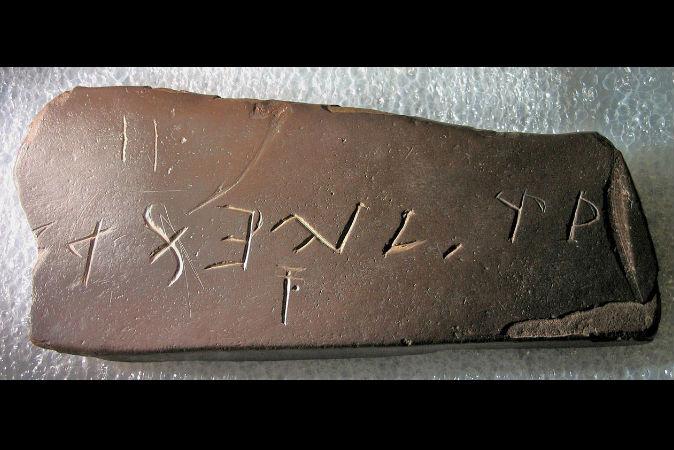The Bat Creek Stone was discovered in a small mound near Knoxville, Tenn., in 1889. It is a small stone tablet engraved with several mysterious characters.
The stone was discovered by a team led by archaeologist and ethnologist Cyrus Thomas from the Smithsonian Bureau of Ethnology’s Mound Survey. Eight years earlier, Congress assigned the Institute to complete archaeological excavations.
After just a few years of exploring the prehistoric mounds, archaeologists had collected over 40,000 artifacts and wrote a 700-page report of their findings, which was presented in 1894. Thomas wondered if the tablet displayed a pre-Columbian language.
He was fascinated with the tablet and its secrets, however he didn’t have enough knowledge or tools to examine the discovery properly.
A Strange Language
Thomas came to the conclusion that the inscription was created with the Cherokee alphabet. The Cherokee alphabet was created by Sequoyah, a Cherokee silversmith. His English name was George Gist or Guess, and he created a syllabary to write down the Cherokee language, which was adopted in 1825 by the Cherokee Nation. The symbols look similar to Greek, Latin, and Cyrillic.
In the 1960s, two other researchers, Henriette Mertz (a patent attorney, ancient history researcher, and code-breaker for the U.S. government) and Joseph Corey Ayoob, noticed that the inscription looks like ancient Semitic writing.
